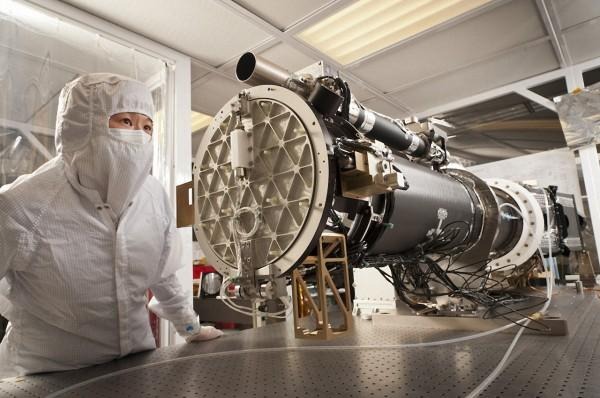NASA Catches Vast Solar Eruption In Unprecedented Detail
NASA has caught a vast solar eruption – huge outpourings of energy from the sun, exploding at 1.5 million miles per hour – on camera in unprecedented detail, taking advantage of a new satellite. IRIS, or the Interface Region Imaging Spectrograph, was launched back in June 2013 on a mission to document activity in the lowest levels of the sun's atmosphere, and the new footage – which you can see after the cut – is the first time it has spotted a coronal mass ejection.
The eruption took place on May 9th, NASA says, and managing to get a video record of it was a combination of both guesswork and luck.
Because of the nature of the mission and the distances involved, the IRIS Observatory must be sent a planned course by the Lockheed Martin Solar & Astrophysics Laboratory and the NASA Ames Research Center a day in advance. The teams track activity spots on the solar surface, and try to predict which might be next to erupt.

While it's tricky to judge scale in the final footage, the explosion is considerable. In fact, the field of view of the video frame is roughly five times the diameter of Earth in width, and around 7.5x its height.
Although visible light is obviously captured, IRIS is also simultaneously measuring other factors, too. By running the incoming light through a spectrograph, the satellite can also track temperature, velocity, and density.
Solar events of this sort can have significant impacts on Earth, causing interference in radio systems as well as interrupting the signals from satellites in orbit around the planet. They could also leave services like GPS inaccurate, potentially shifting location positions by several yards.
A significant coronal mass ejection could even trigger the sort of electrical fluctuations on Earth that might blow out transformers in the power grid.
